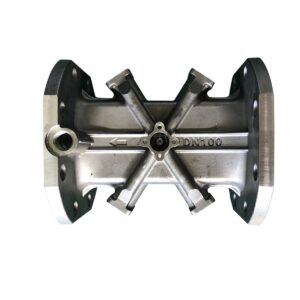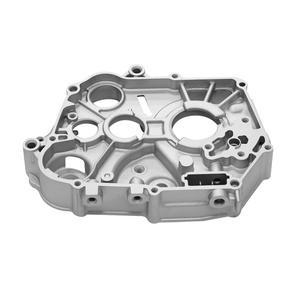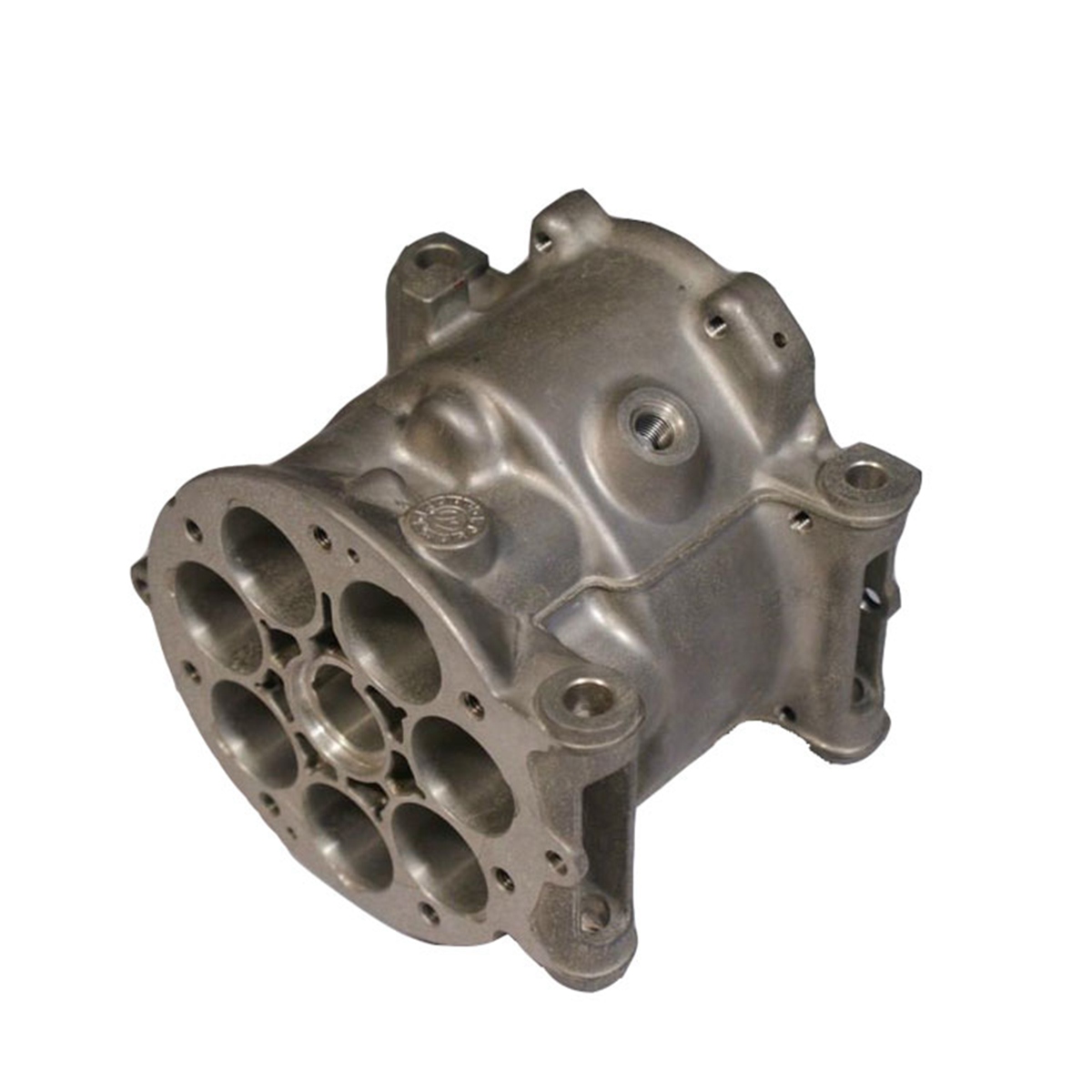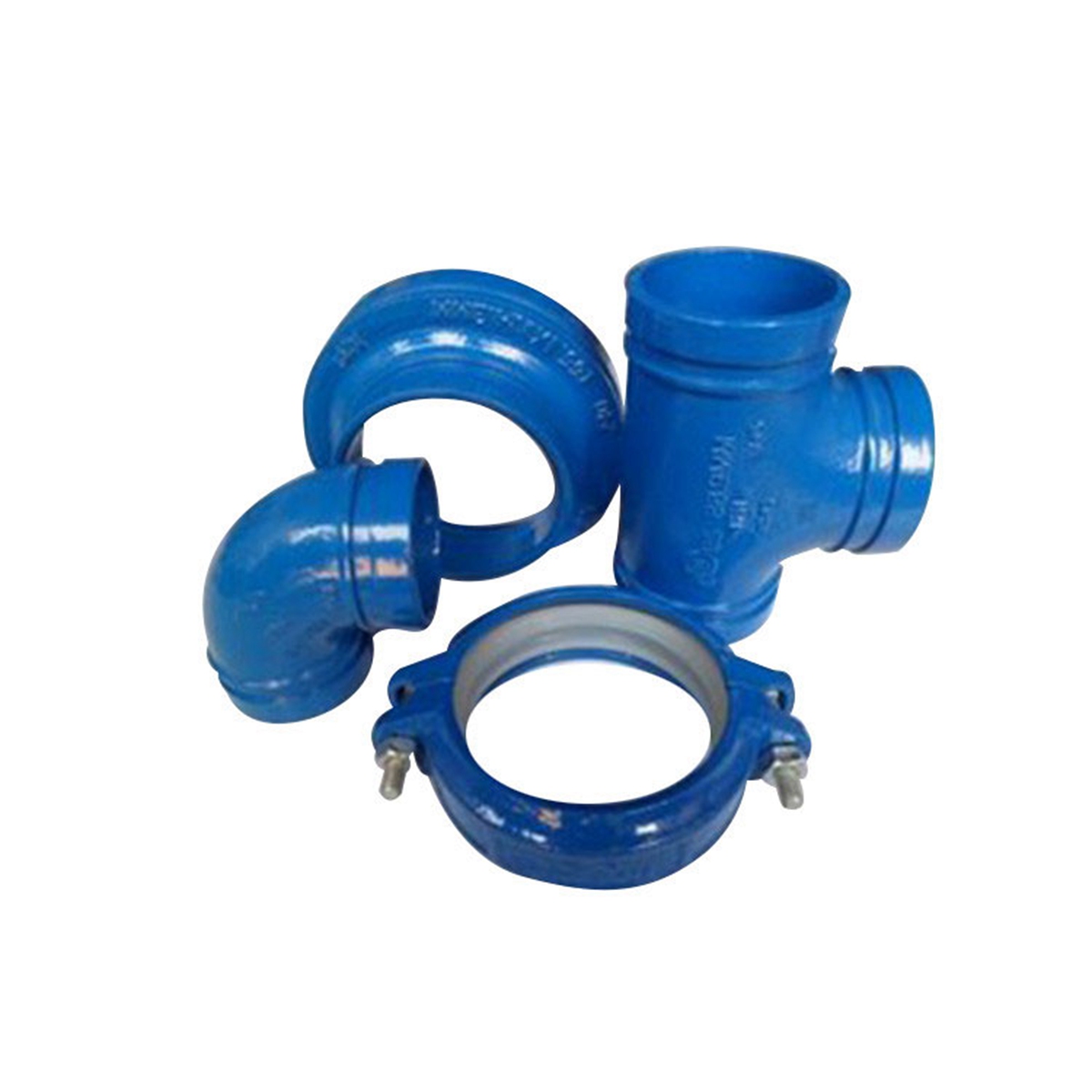
Choosing the right type of ferrous metals for your project involves several important considerations. These are:
- Different ferrous metals offer varying levels of strength, ductility, corrosion resistance, and wear resistance, which should be matched to the demands of your project. For example, high-carbon steel is valued for its strength and is often used in cutting tools and blades, while alloy steels like stainless steel provide a balance of strength and corrosion resistance ideal for harsh environments. Low-carbon steel, or mild steel, is favored for its ductility and is commonly used in structures that require forming and shaping, such as automotive bodies and building frameworks.
- The environment in which the metal will be used dictates your choice significantly. Stainless steel is excellent for corrosive environments such as coastal areas or chemical plants due to its chromium content, which prevents rust. For high-temperature applications, nickel-alloy steels are preferred as they maintain structural integrity even under extreme heat.
- Cost-effectiveness and material availability also influence metal choice. Mild steel is the most affordable and readily available, making it a go-to for many general applications. However, for special requirements such as improved wear resistance or specific mechanical properties, more expensive alloys like stainless steel may be necessary. These might require sourcing from specialized suppliers.
- The intended use of the metal often dictates the specific type required. For instance, construction projects typically use mild steel for reinforced concrete due to its excellent tensile strength. The automotive industry uses various steel types to meet safety and performance standards, with critical safety components often made from high-strength steel.
- The ease with which a metal can be machined and welded also affects material choice. Alloys designed for improved machinability may contain additives like sulfur, although this can sometimes reduce other desirable properties such as toughness. Low-carbon steels are generally easier to weld than high-carbon varieties, and some high-alloy steels require specialized welding techniques due to their complex chemical compositions.
- Maintenance requirements and expected life span are also important. Metals like stainless steel, which are less prone to rust, often require less upkeep. It is important to consider both current and future needs, including potential changes in environmental conditions or regulations, which might affect the suitability of the chosen metal over time.





